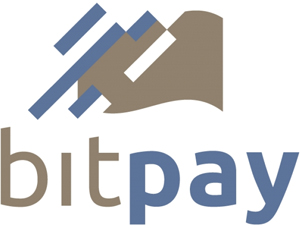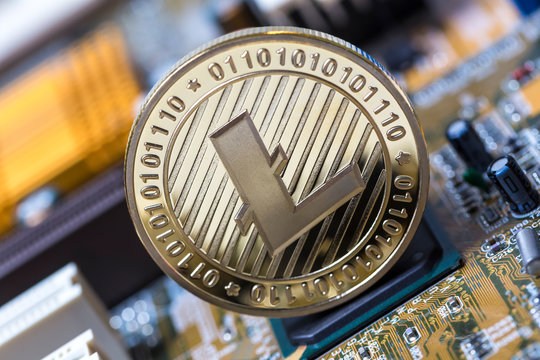Reason to trust

How Our News is Made
Strict editorial policy that focuses on accuracy, relevance, and impartiality
Ad discliamer
Morbi pretium leo et nisl aliquam mollis. Quisque arcu lorem, ultricies quis pellentesque nec, ullamcorper eu odio.

Atlanta, Georgia-based BitPay announced support for the bitcoin payment protocol on Friday, which aims to remove a bulk of human error upon making a payment in bitcoin. This will allow users to click on a payment link (or scan a QR code) and the user’s wallet software will provide two options: pay or don’t pay.
This effectively eliminates the need to copy an address and amount into a wallet software, preventing silly mishaps.
Streamlined refunds
The Payment Protocol aims to make refunds easy, too. When a user sends their payment, a refund address is included with it (which will fund the user’s wallet). That way there’s no back-and-forth correspondence and fussing with addresses to send a customer their money back.
According to BitPay, this particular feature will work on the block chain, with any wallet software — BitPay account or not.
Signed Payment Requests
The Protocol supports SSL signatures, which confirm that a payment is going to its intended recipient. Since BitPay signs all of their requests, users will be able to see that their payments are going to BitPay directly, and not to another address that doesn’t belong to the company.
BIP-73 QR codes
BitPay is supporting BIP-73 QR codes, which improves readability in low-light situations and longer distances by reducing the amount of information in the payment request QR code sent to the customer (mostly because they are just URLs). These links will allow customers to get additional information and instructions relating to their purchase.
The company says they’ll support BIP-73 and their current QR codes, allowing the user to switch between the two by tapping on the code in the invoice.
Direct Payment Communication
The Payment Protocol eliminated the need to use the mesh network for communicating payments from senders to the recipients, says BitPay.
The Bitcoin mesh network currently serves two purposes: communicating payments from sender to recipient and communicating payments from originator to miners. By communicating payments directly from sender to recipient, the mesh network can be used exclusively for communicating payments from originator to miners. The network is then free to propagate or ignore transactions without adversely affecting the communications between sender and recipient. This allows for the emergence of a true market in transaction fees. And by reducing the load on the mesh network to just those transactions which are profitable for miners, it improves Bitcoin’s scalability.
Currently, Bitcoin-QT and the Android Bitcoin Wallet support the Bitcoin Payment Protocol, so if you’re not using these, then you will not have access to all of these features for the time being. Read more here.


























